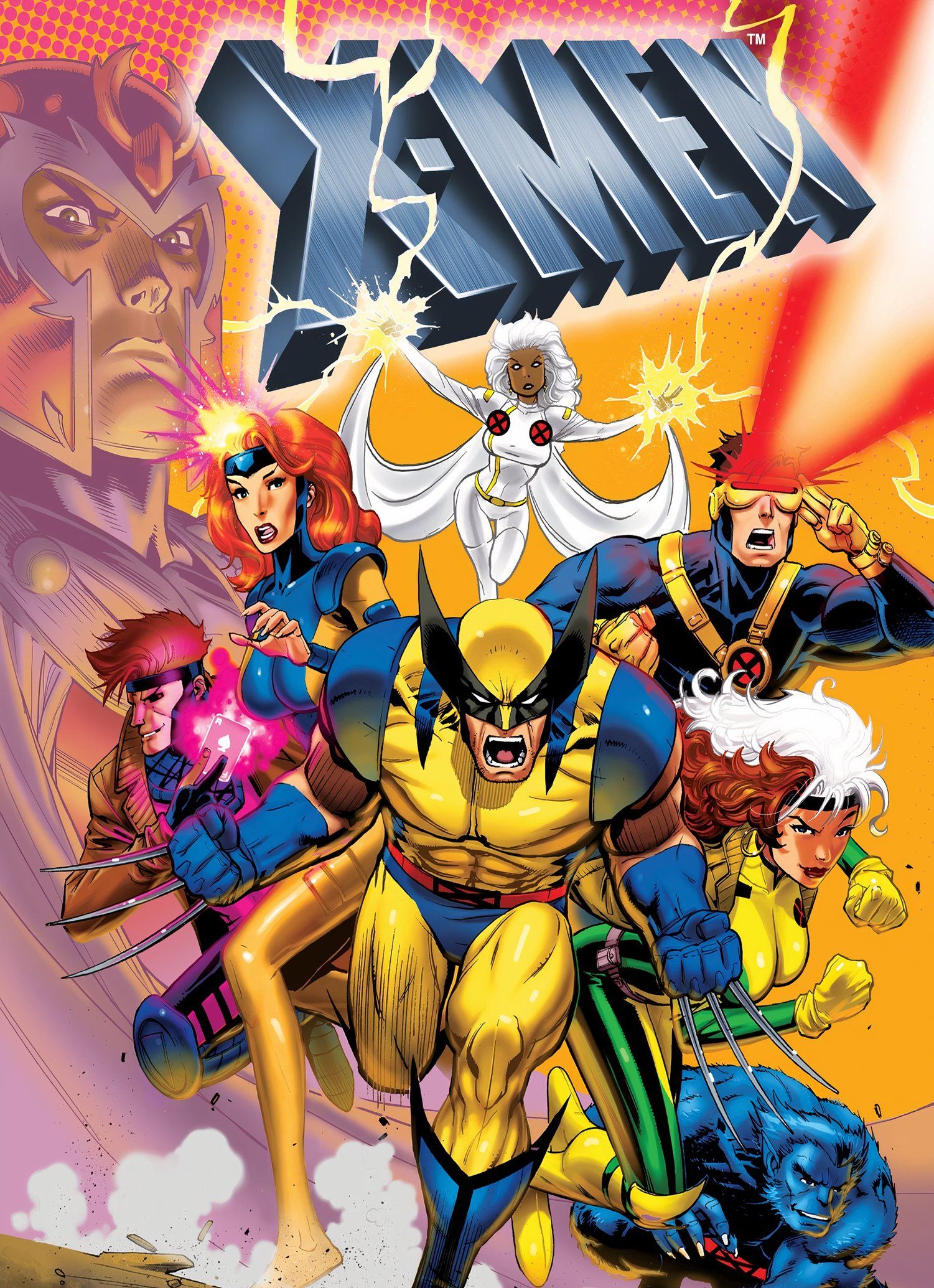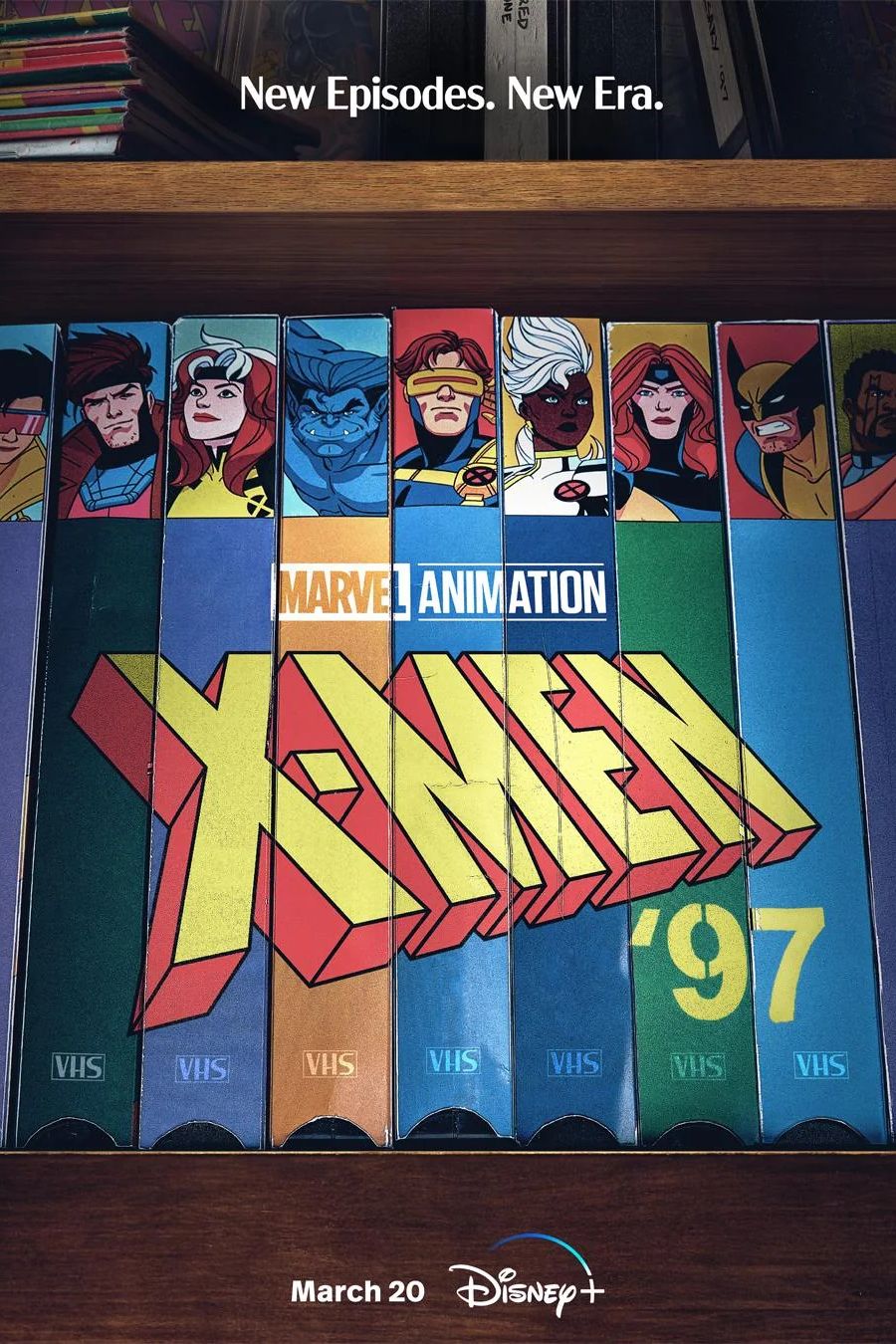X-Men: The Animated Series is truly iconic, but rewatching it today does create some fascinating inconsistencies. When X-Men: The Animated Series first aired in 1992, it was a groundbreaking show that brought Marvel’s beloved mutants to life for an entirely new audience. Fast-forward 28 years, and the show’s legacy remains intact, but watching it today feels like a completely different experience, especially in the revival, X-Men ’97.
Revisiting X-Men: The Animated Series 28 years after its debut is a fascinating experience. From retcons to character evolutions, the show feels both timeless and transformed. It is a reminder of just how influential X-Men: TAS has been, not only in shaping the X-Men mythos but in defining what superhero storytelling can achieve. This legacy was rekindled with X-Men ’97, which recommenced the narrative just months later. As a result, the original series feels different today than before, and will likely change further as X-Men ’97 returns in the MCU’s future.
10
Looking For Madelyne Pryor’s Introduction
Madelyne Pryor Appeared In X-Men ’97
Madelyne Pryor, Jean Grey’s clone, was introduced in X-Men ’97, adding a whole new layer of intrigue to rewatching X-Men: TAS. The revelation that Jean was at some point replaced by her clone during the original series rewrites the context of every scene involving her and Mister Sinister. It’s impossible not to scrutinize moments in X-Men: TAS for any hints of Madelyne’s presence, questioning where the switch might have occurred.
This retcon introduces a sense of mystery that wasn’t there before and ties the classic series more closely to its continuation. It also serves as a reminder of the sprawling complexity of the X-Men mythos, where clones, impostors, and hidden truths are par for the course. This added layer of intrigue makes every scene with Jean Grey feel like part of a deeper puzzle.
9
Magneto’s Helmet Doesn’t Block Telepathy
Magneto’s Helmet Was Upgraded For X-Men (2000)
In modern X-Men lore, Magneto’s helmet is iconic for its ability to block telepathy. This feature, introduced in the X-Men movies and soon adopted into the comics, is absent in X-Men: TAS. Watching the series now, it’s almost jarring to see Xavier telepathically communicate with Magneto while he’s wearing his helmet. It became such an essential dimension to their relationship and explained why Xavier never psychically shut down Magneto during his villainous schemes.
Related
10 Things About X-Men: The Animated Series That Have Aged Poorly
X-Men: The Animated Series may be iconic and quintessential, but certain aspects do not hold up to modern scrutiny and highlight the show’s age.
X-Men ’97 embraces the updated helmet detail, reminding how much the franchise’s mythology has evolved over the years. In a way, it also highlights how X-Men: TAS focused more on the ideological clash between Xavier and Magneto rather than a power-based one. Still, modern viewers may find themselves wishing for the helmet’s inclusion, given how central it has become to his identity.
8
The Wolverine/Jean/Cyclops Love Triangle Has Become Popularized
The Love Triangle Was A Central Narrative In X-Men: TAS
The love triangle between Wolverine, Jean Grey, and Cyclops is one of the most iconic dynamics in X-Men media, but it wasn’t always this way. In the comics, Wolverine was on a different X-team from Cyclops and Jean for years. It was X-Men: TAS that popularized this dramatic tension, portraying Wolverine as the gruff anti-hero hopelessly in love with Jean, who was committed to Cyclops.
Over time, this triangle became a central aspect of their characters, cemented by the films and subsequent adaptations. Watching X-Men: TAS now, it’s striking how this narrative has become a cornerstone of the franchise. Audiences may also notice how the series’ exploration of unrequited love and jealousy adds emotional depth to all three characters. Revisiting this dynamic now, one can appreciate its lasting impact on the X-Men universe and how it set the stage for countless adaptations to come.
7
Gambit’s Popularity Is A Cruel Precursor To His Death
Gambit Dies In X-Men ’97
Gambit’s roguish charm and devil-may-care attitude made him an instant fan favorite in X-Men: TAS. From his smooth Cajun accent to his flirtatious banter, he brought a unique energy to the team. However, after X-Men ’97 episode 5, “Remember It,” culminated in his tragic and heroic death, it’s impossible to watch the original series without a sense of foreboding. Every quip and flirtation feels bittersweet, knowing the fate that awaits him.
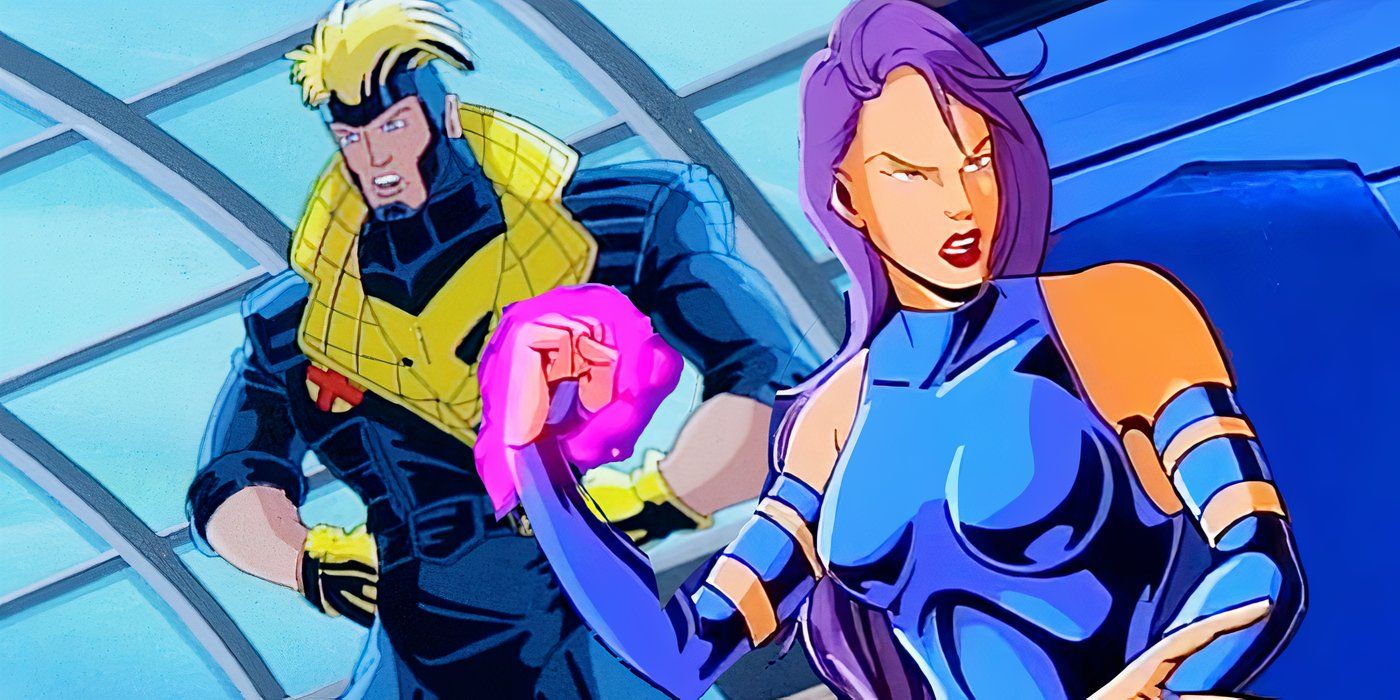
Related
10 Awesome Marvel Characters X-Men: The Animated Series Did Nothing With
X-Men: The Animated Series featured a wealth of classic Marvel characters, but completely squandered some of the most iconic despite their appearance.
This added layer of tragedy makes Gambit’s presence in X-Men: TAS all the more poignant. His role as the team’s lovable rogue takes on a new significance when viewed through the lens of his ultimate sacrifice. Audiences may find themselves cherishing his lighthearted moments even more, knowing they’ll eventually give way to a heartbreaking conclusion. This duality enriches both the original series and the revival, adding emotional weight to Gambit’s journey.
6
Wolverine’s Slower Healing Factor
Wolverine’s Healing Factor Is Not Instantaneous
In X-Men: TAS, Wolverine’s healing factor operates much more slowly than in later adaptations. After battles, he often needs days to recover, a far cry from the instantaneous regeneration popularized by the X-Men movies. This slower healing aligns with his portrayal in the comics of the time but feels almost quaint when viewed today. Watching Wolverine struggle and rest in X-Men: TAS highlights just how much the character has evolved into the nearly indestructible force we now know.
It also humanizes Wolverine, making his victories feel harder-earned and his suffering more palpable. Modern viewers, accustomed to seeing Wolverine shake off injuries in seconds, may find this version of the character more relatable. It’s a reminder that even the most powerful heroes have limits, and it adds extra tension to his battles. Rewatching X-Men: TAS now, Wolverine’s struggles feel a bit more grounded.
5
X-Men: TAS’s Longevity Created Unexpected Plot Holes
X-Men ’97 Doubled Down On These Plot Holes
For all its brilliance, X-Men: TAS occasionally stumbled when it came to continuity. The show’s longevity meant that inconsistencies inevitably crept in. Most notoriously, Angel is introduced as a stranger to the X-Men before being portrayed as a founding member. Similarly, flashbacks reveal that Rogue’s backstory includes time spent with the Brotherhood, despite being depicted not knowing them previously.
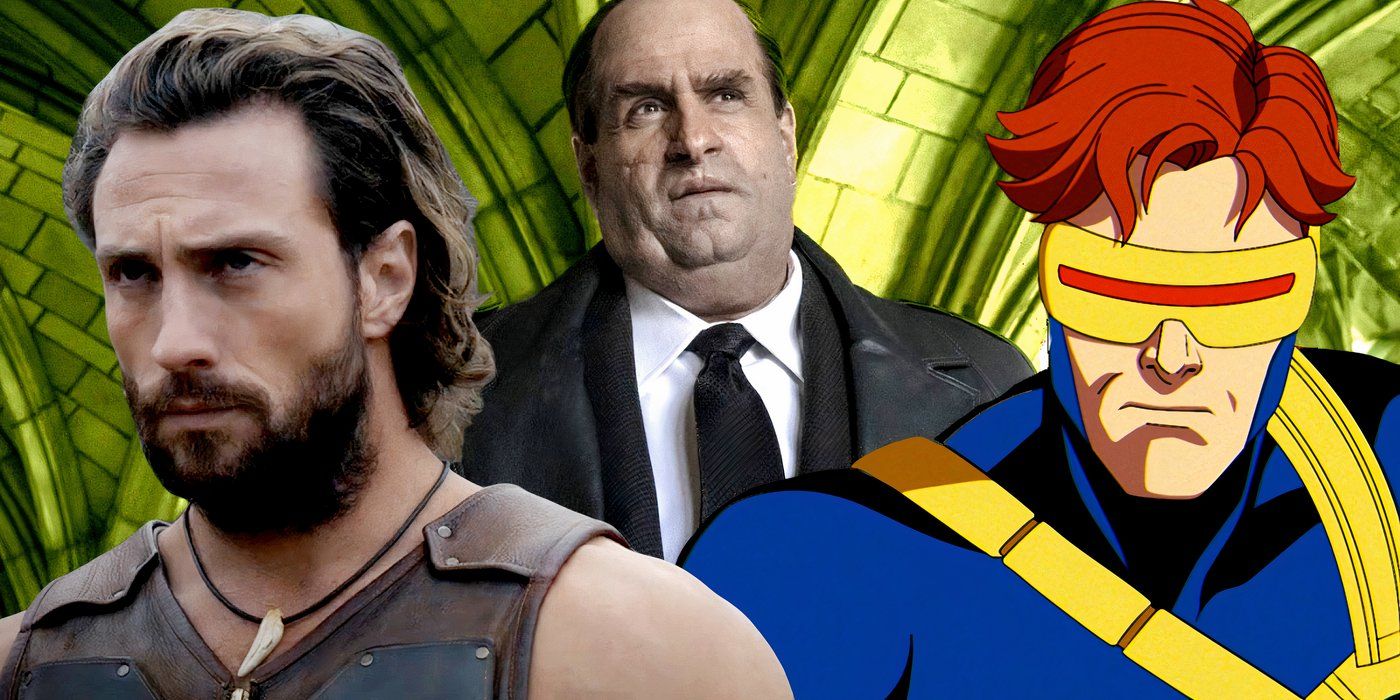
Related
10 Worst Superhero Movie & TV Plot Holes In Of 2024
2024 has been a huge year from comic book movies for the MCU, the DCU, and the SSU. While many have been great, several have some glaring plot holes.
These inconsistencies, while forgivable in the context of the original series, stand out more now, especially as X-Men ’97 addresses and builds on the original canon. Revisiting the series can therefore be slightly confusing at times. In some cases, these plot holes even add to the charm of the show, reflecting the challenges of creating a long-running, complex narrative. Still, they’re a fascinating reminder of how storytelling has evolved in the decades since the series first aired.
4
Was Magneto Right?
Magneto Was Preparing For A War With The Humans
One of the central philosophical debates in the X-Men universe is whether Magneto’s belief in an inevitable conflict with humans is justified. In X-Men: TAS, Xavier’s hope for peaceful coexistence often feels naive but is never seriously challenged. However, X-Men ’97 explored humanity’s most drastic efforts to rid the world of mutants with Operation Zero Tolerance. When Magneto is captured by Bastion, he is freed by Valerie Cooper, who chillingly remarks, “Magneto was right.”
Rewatching X-Men: TAS now, Magneto’s warnings and confrontations with Xavier carry a heavier weight, foreshadowing the grim reality of mutant-human relations. Moments that once seemed like ideological sparring now feel like harbingers of an unavoidable conflict. This shift in perspective makes Magneto’s character even more compelling, as his actions are reframed as both desperate and prophetic. It also challenges viewers to reconsider Xavier’s dream, adding a layer of complexity to their dynamic.
3
Xavier’s Farewell Is Less Compelling
Xavier Left Earth In The X-Men: TAS Finale
The final episode of X-Men: TAS, where Charles Xavier bids an emotional farewell to his team before departing for space, was a tearjerker when it first aired. However, with X-Men ’97 bringing Xavier back, the impact of his departure feels diminished. What once seemed like a definitive and poignant conclusion now feels temporary and less consequential, especially knowing that the revival essentially picks up right where the original left off.
This shift doesn’t entirely erase the emotional weight of the X-Men: TAS finale, but it does reframe it as a transitional moment rather than a true ending. Those revisiting the series may find themselves viewing Xavier’s farewell with a sense of nostalgia, tempered by the knowledge that his journey is far from over. While the original series’ finale still holds emotional resonance, its legacy has been irrevocably changed by the continuation, adding new context to an old favorite.
2
The Voice Actors Have Become Synonymous With The X-Men
Most X-Men: TAS Cast Appeared In X-Men ’97
The voice cast of X-Men: TAS delivered such iconic performances that they’ve become inextricably linked with their characters. From Cal Dodd’s gruff Wolverine to Lenore Zann’s sassy Rogue, these voices are the definitive versions for many. It’s a testament to their talent that most of the original cast returned for X-Men ’97. Watching X-Men: TAS now, it’s impossible not to appreciate how much these actors shaped the franchise’s legacy.
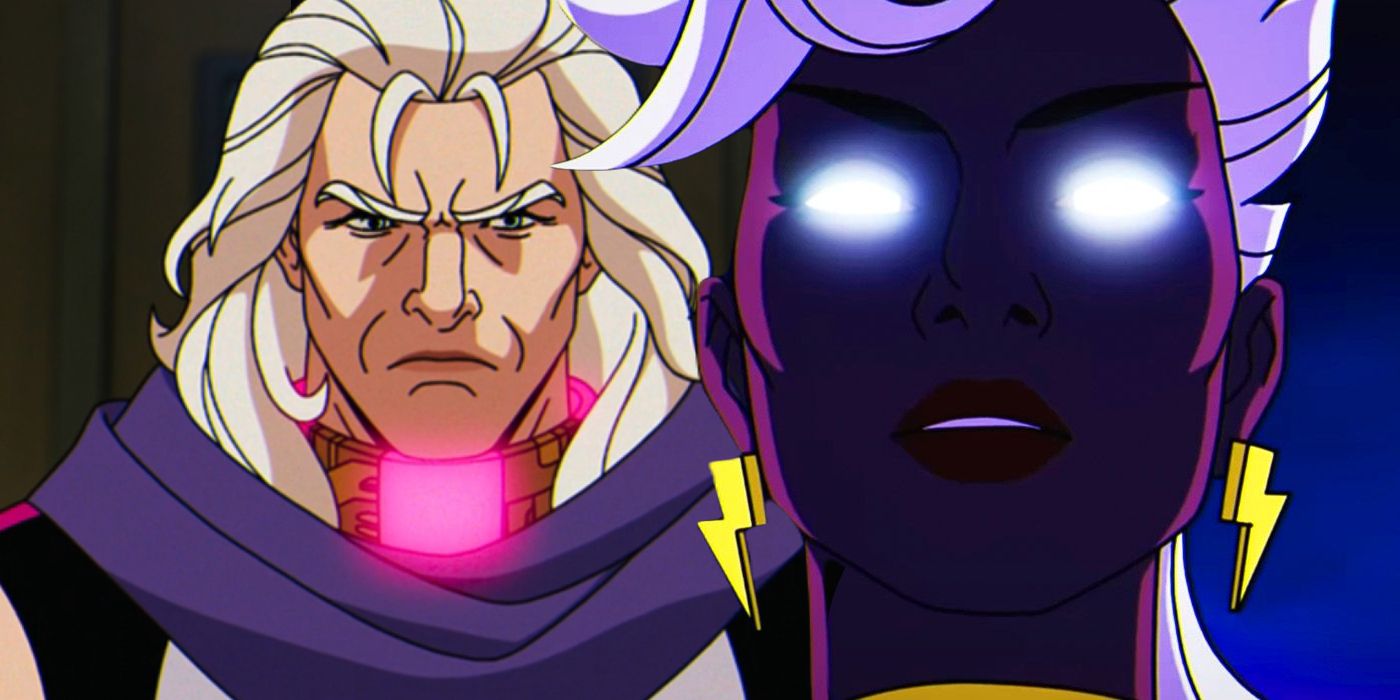
Related
X-Men ’97 Season 2: Characters, Story & Everything We Know
X-Men ’97 Season 1 is now available on Disney Plus, and here is everything we know about Season 2’s characters, story details, and more.
Their performances brought depth and personality to the characters, elevating the series beyond a typical cartoon. For many, these voices are the ones they hear when reading the comics or imagining the characters, emboldened by the cast appearing on X-Men comic podcasts. The return of these actors in X-Men ’97 feels like a homecoming, solidifying their place in X-Men history. Revisiting the original series is a celebration of their talent and a reminder of why these portrayals remain unmatched.
1
X-Men: TAS References In The MCU
Marvel Has Teased Several MCU Mutants
The influence of X-Men: TAS extends far beyond the series itself, with numerous references appearing in the Marvel Cinematic Universe. The theme tune was prominently featured in Doctor Strange in the Multiverse of Madness and Ms. Marvel, while Xavier’s iconic yellow hoverchair appeared in Multiverse of Madness. Most recently, Beast’s design in The Marvels drew clear inspiration from his animated counterpart.
These nods solidify X-Men: TAS as a foundational piece of Marvel’s pop culture legacy, making it even more rewarding to revisit the series today. For fans of the show, these references feel like a long-overdue acknowledgment of its impact. They also bridge the gap between the animated series and the broader Marvel universe, adding new layers of appreciation for the show’s legacy. Watching X-Men: The Animated Series now, viewers can revel in its cultural significance and its enduring influence on superhero media.
Upcoming MCU Movies
This story originally appeared on Screenrant


